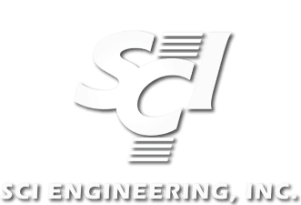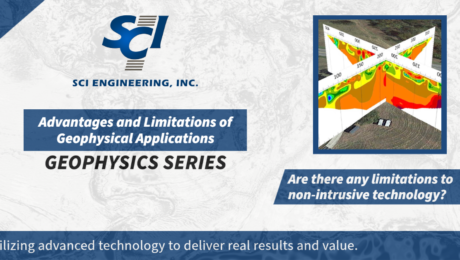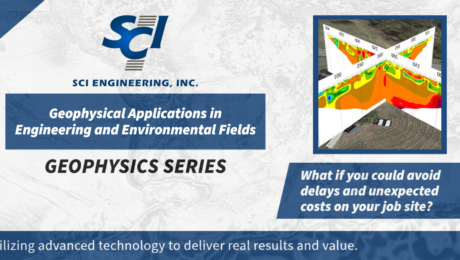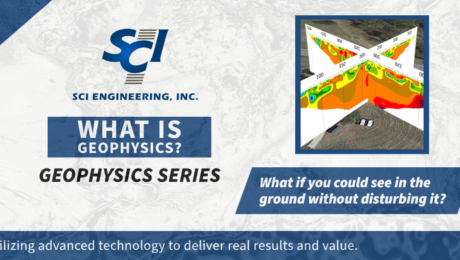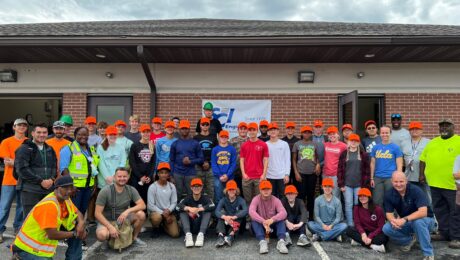Geophysics is a valuable tool, but like any other tool it has advantages and limitations. The main advantages of Geophysics are non-invasiveness, high productivity, 2D/3D coverage and applicability in challenging environments, as discussed in the previous post. However, the limitations of any non-intrusive technology are that the properties and conditions of the imaged targets cannot
$40,000 to replace a pre-tensioned concrete slab in a multistory building because a contactor cored through a tendon. Tens of thousands of dollars in loss and 3 days of downtime with multiple contractors onsite because a contractor damaged a building electrical service cable during concrete saw cutting. Lengthy delays and soaring costs due to removal
Simply put, Geophysics is a tool that helps us to see what’s in the ground without digging it. A more formal definition (by EEGS*): Geophysics is the non-invasive investigation of subsurface conditions through measuring, analyzing, and interpreting physical fields at the surface. There are two main branches of Geophysics that often overlap in terms of
SCI Engineering’s Construction Materials Testing Team was excited to host campers from the Society of American Military Engineers STEM Camp at our O’Fallon, Illinois office this summer. Lead by SCI’s field manager, Mike Lajoye, this was our third year partnering with the STEM Camp to provide campers a hands-on experience learning about aggregate base and
